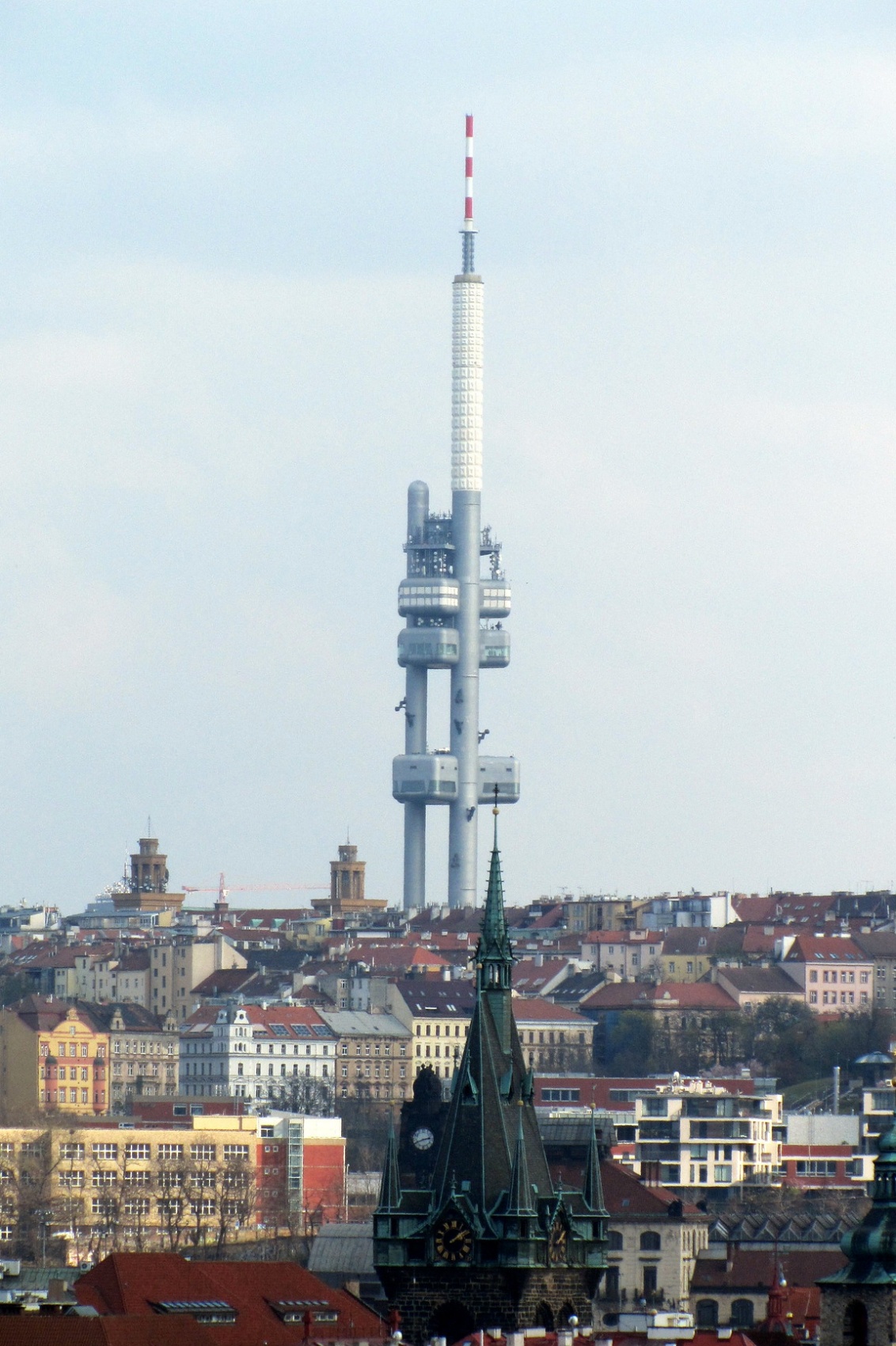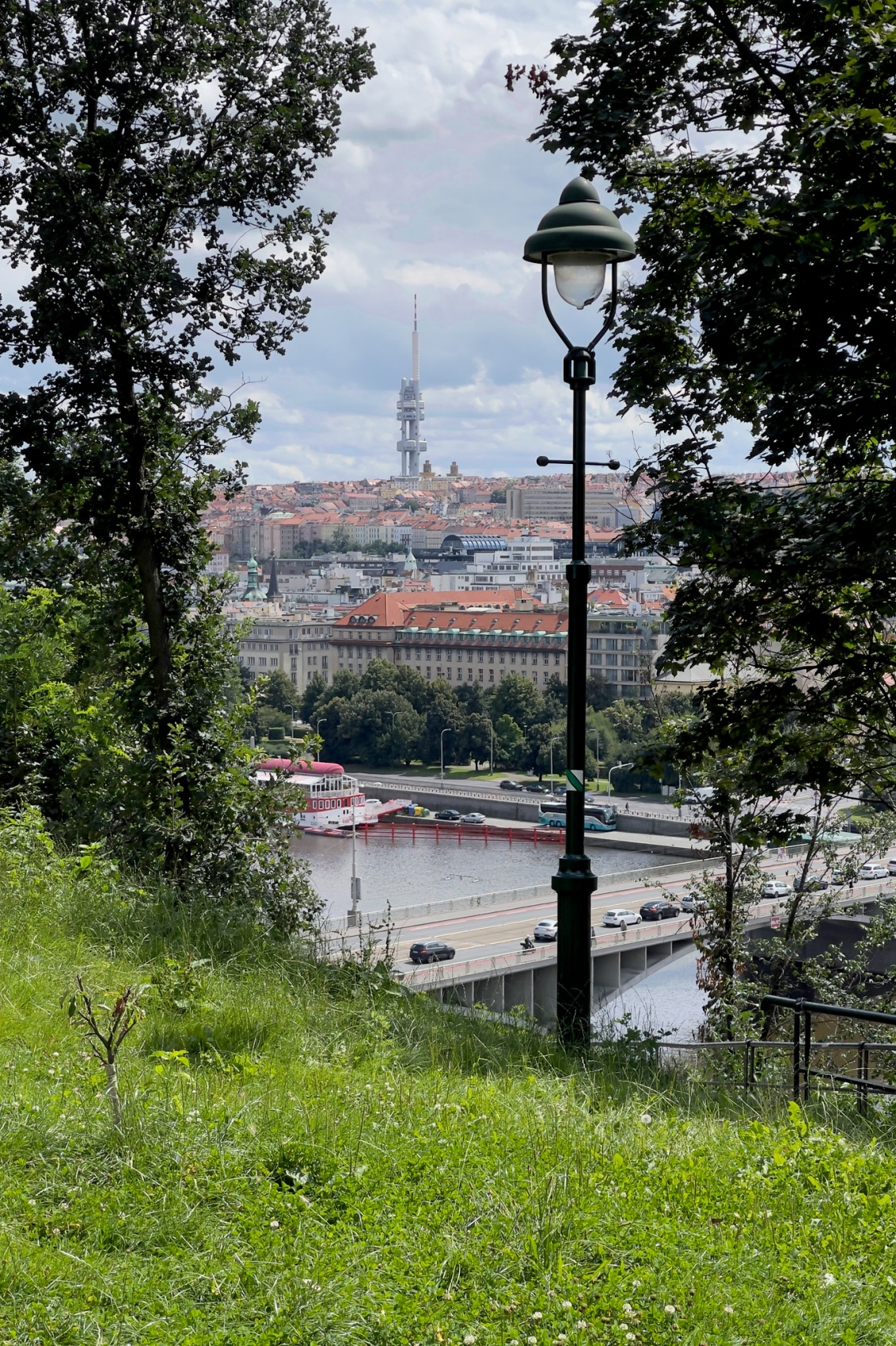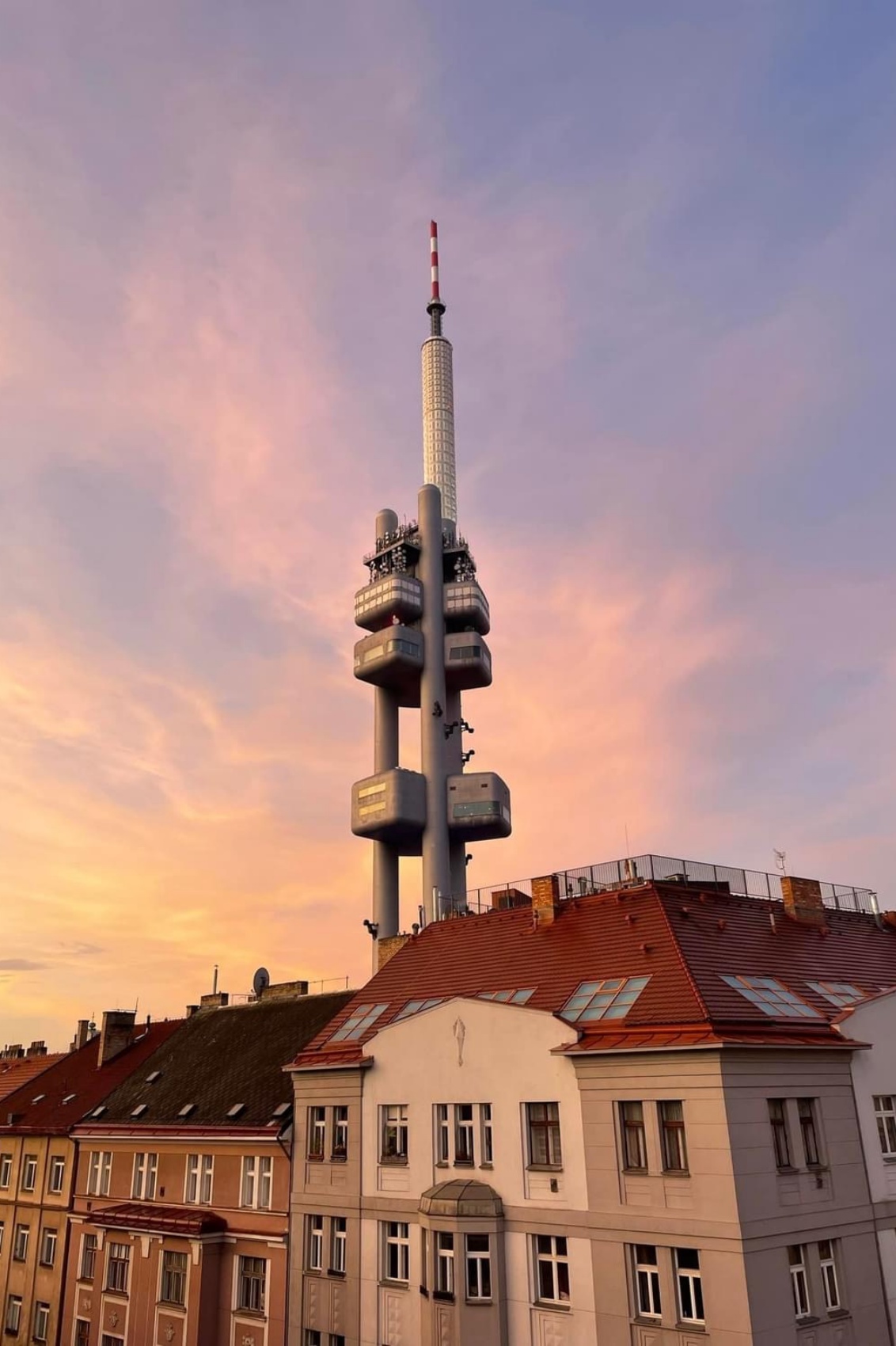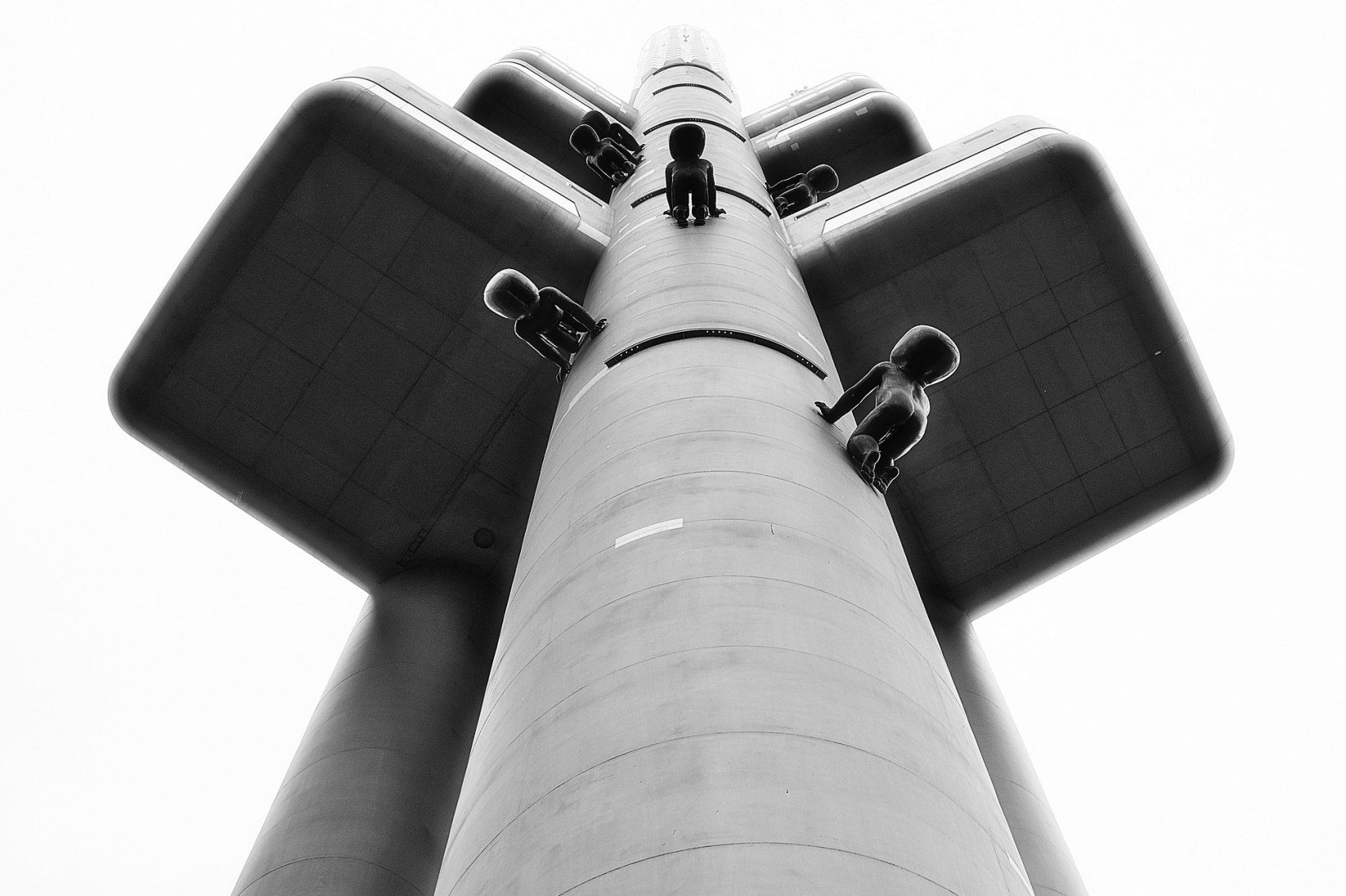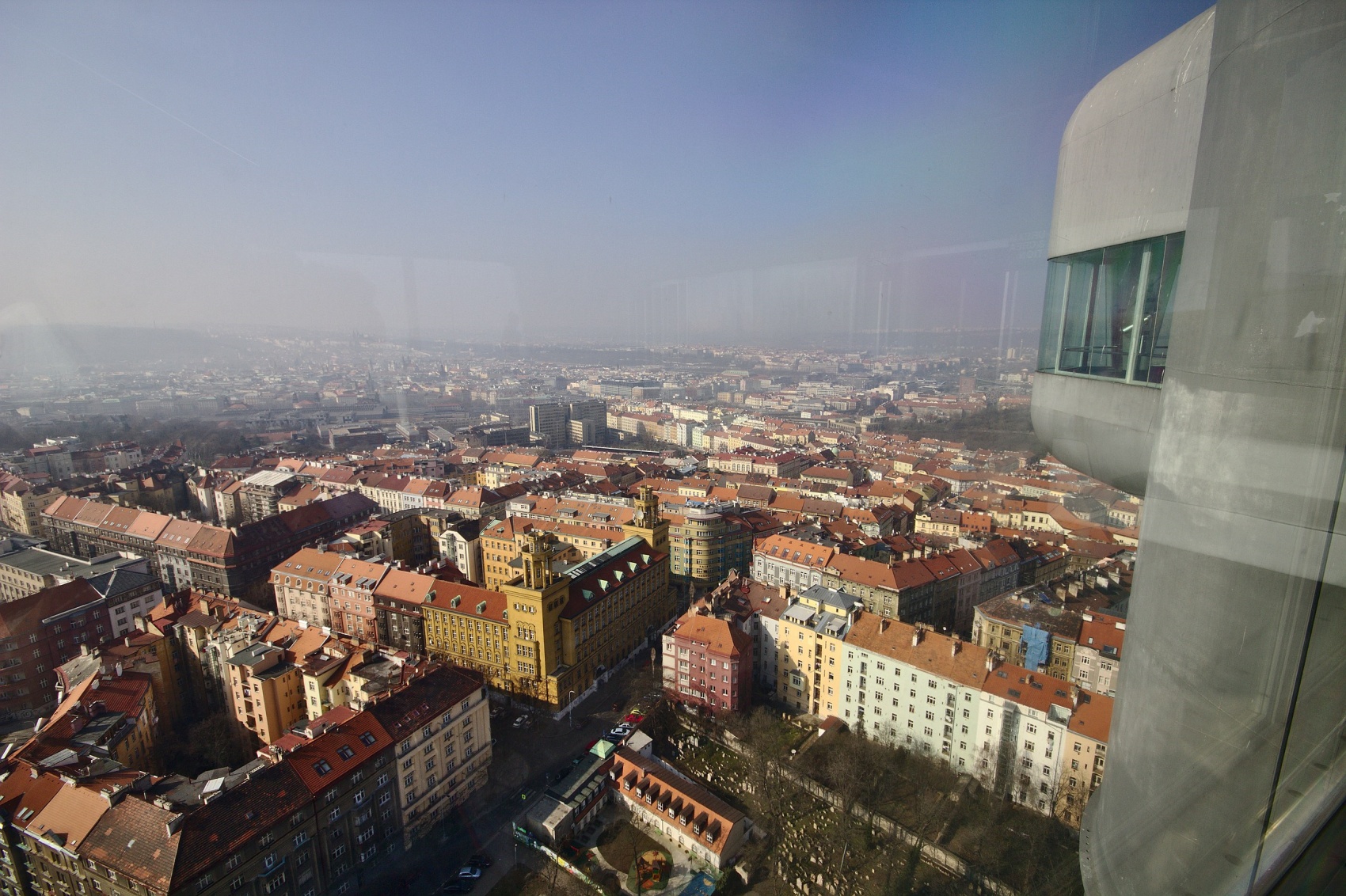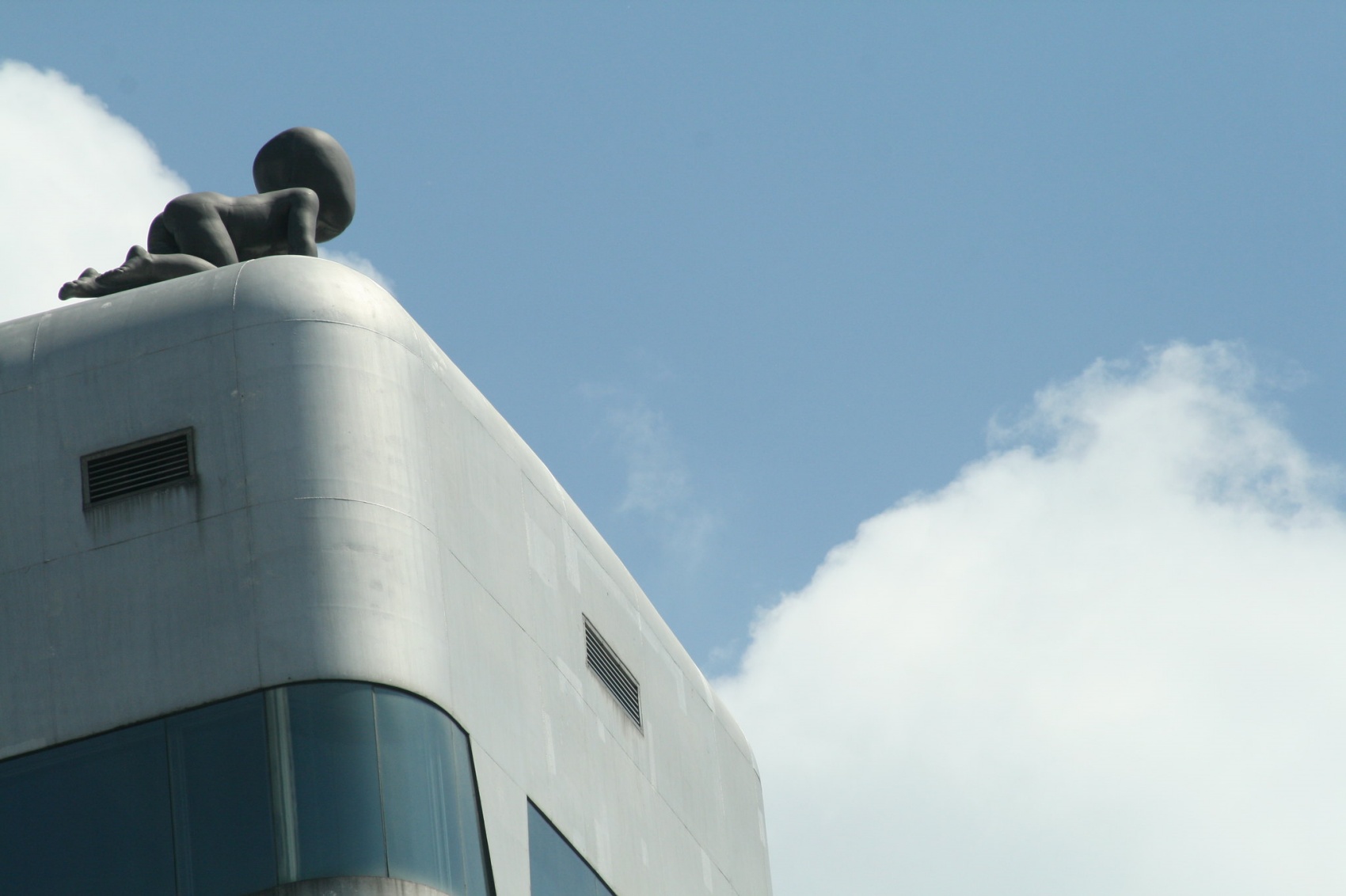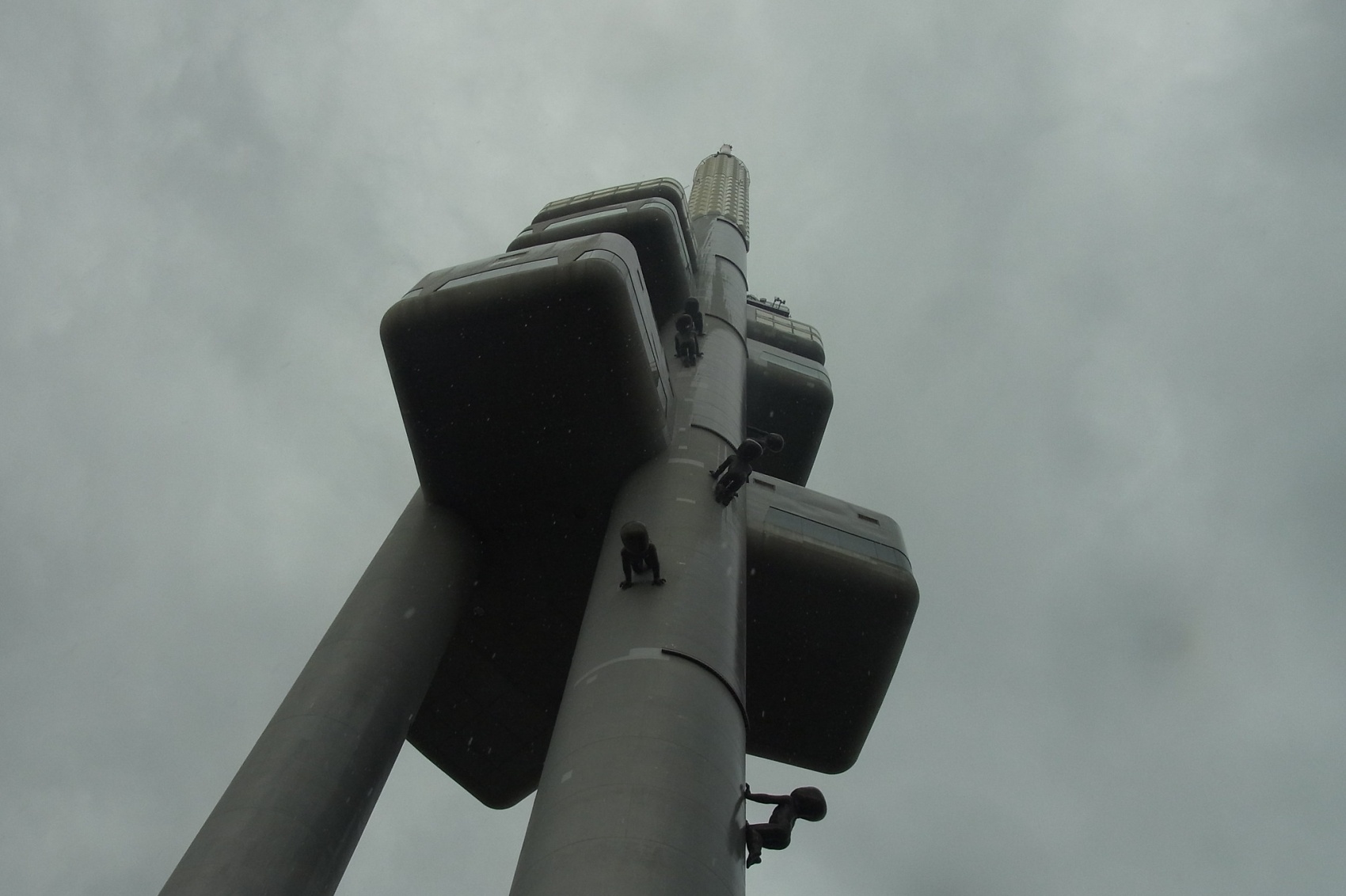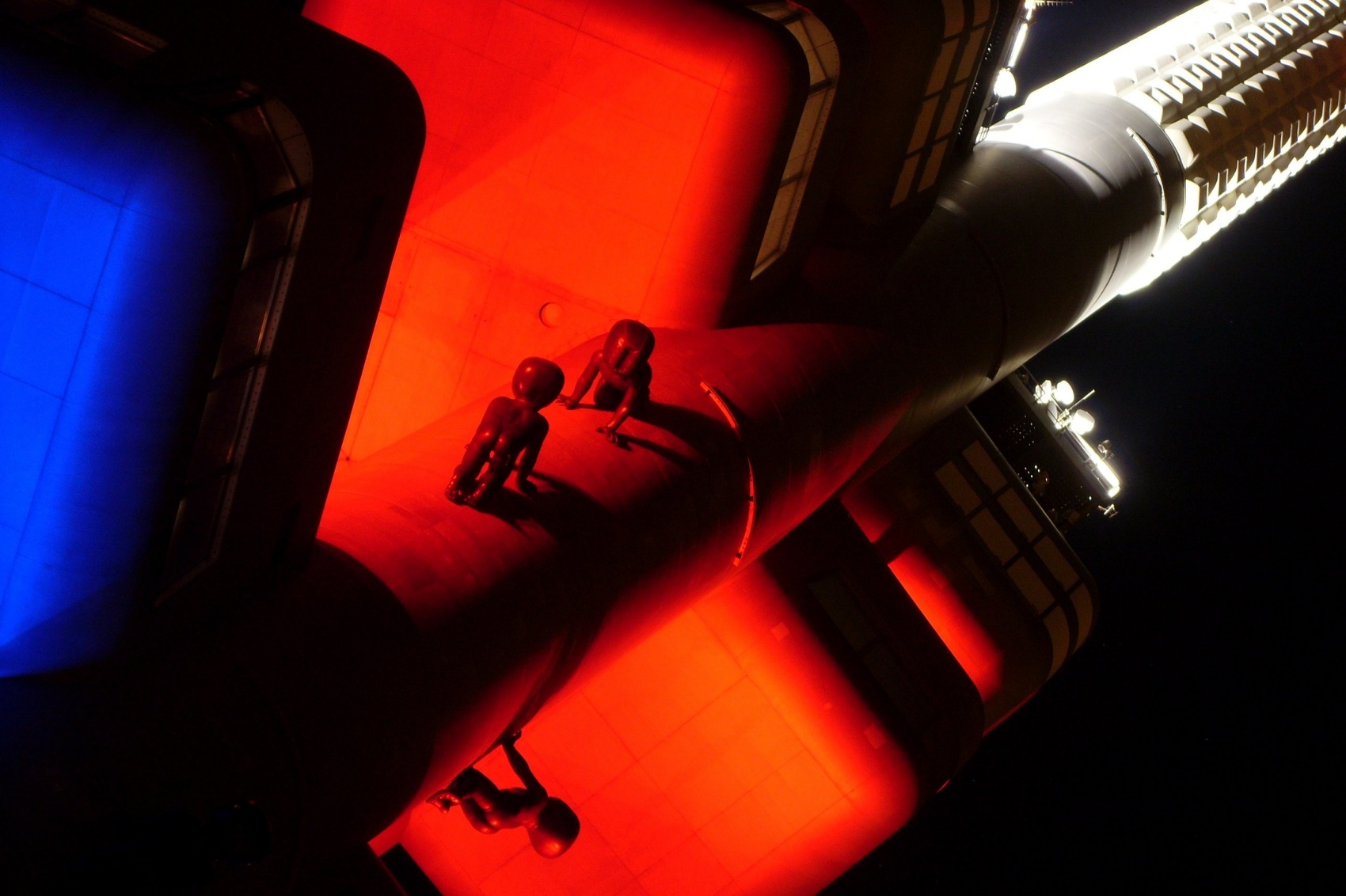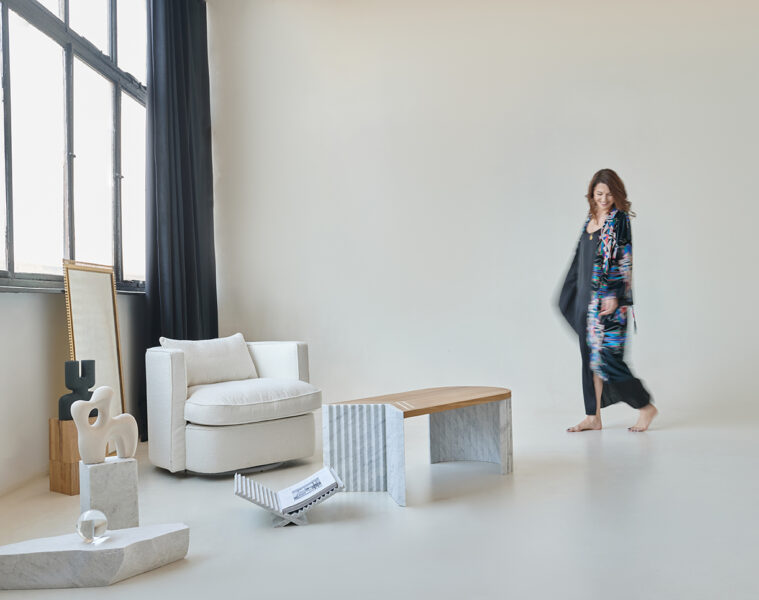A steel moloch has stood over Prague for more than 32 years. For Prague citizens, Žižkovský vysílač (Žižkov Tower) is a manifestation of the megalomania of the former regime and a disturbance of the historic city. the 216-metre-high television tower stands near the geographical centre of the Czech capital. Over the years, the way of looking at the tower has improved somewhat.
The late 1970s in Czechoslovakia was a period of buoyant development for television and radio broadcasting. During this time, plans were floated to build a new television tower and a new television centre in Prague. The new television centre was still being built in 1979, but the tower had to wait almost 14 years.
Planning and design of the tower began in 1985, a task entrusted to Václav Aulický and engineer Jiří Kozák. At the time, Aulický was working on several projects related to telephony and radio broadcasting, although the tall television tower was his first such major project. Work did not start until 1990 in the capital of Czechoslovakia, which was soon to become solely the capital of the Czech Republic.
Three huge pillars were built on the site of the former Jewish cemetery, covered with steel on the outside and filled with concrete on the inside. It is worth knowing that the bones from the cemetery were moved to another cemetery, which already outraged the public at the time. The pillars were arranged in a triangular shape, and nine capsules were suspended from them. Three of these are technical facilities and the rest are open to the public. The highest point of the tower is at 216 m, making it the tallest structure in Prague. An observation point is suspended at a height of 93 m, and 23 m below that is the hotel. The lowest floor houses a restaurant. The restaurant is suspended 66 metres above the ground.
The technical capsules house the television and radio apparatus. The tower broadcasts the signal of eleven radio and television stations. The tower also houses mobile network transmitters and meteorological equipment.
Ugly duckling
The structure has been likened to a drill or a Soviet spacecraft. Some Prague residents say outright that it is ‘Baikonur’ from the Soviet cosmodrome. Others hail the Žižkov tower as the “finger of Jakeš” – general secretary of the Communist Party of Czechoslovakia. The trade press, in the past, called the structure the ugliest structure in the world. As you can see, most of the connotations with the tower are rather negative.
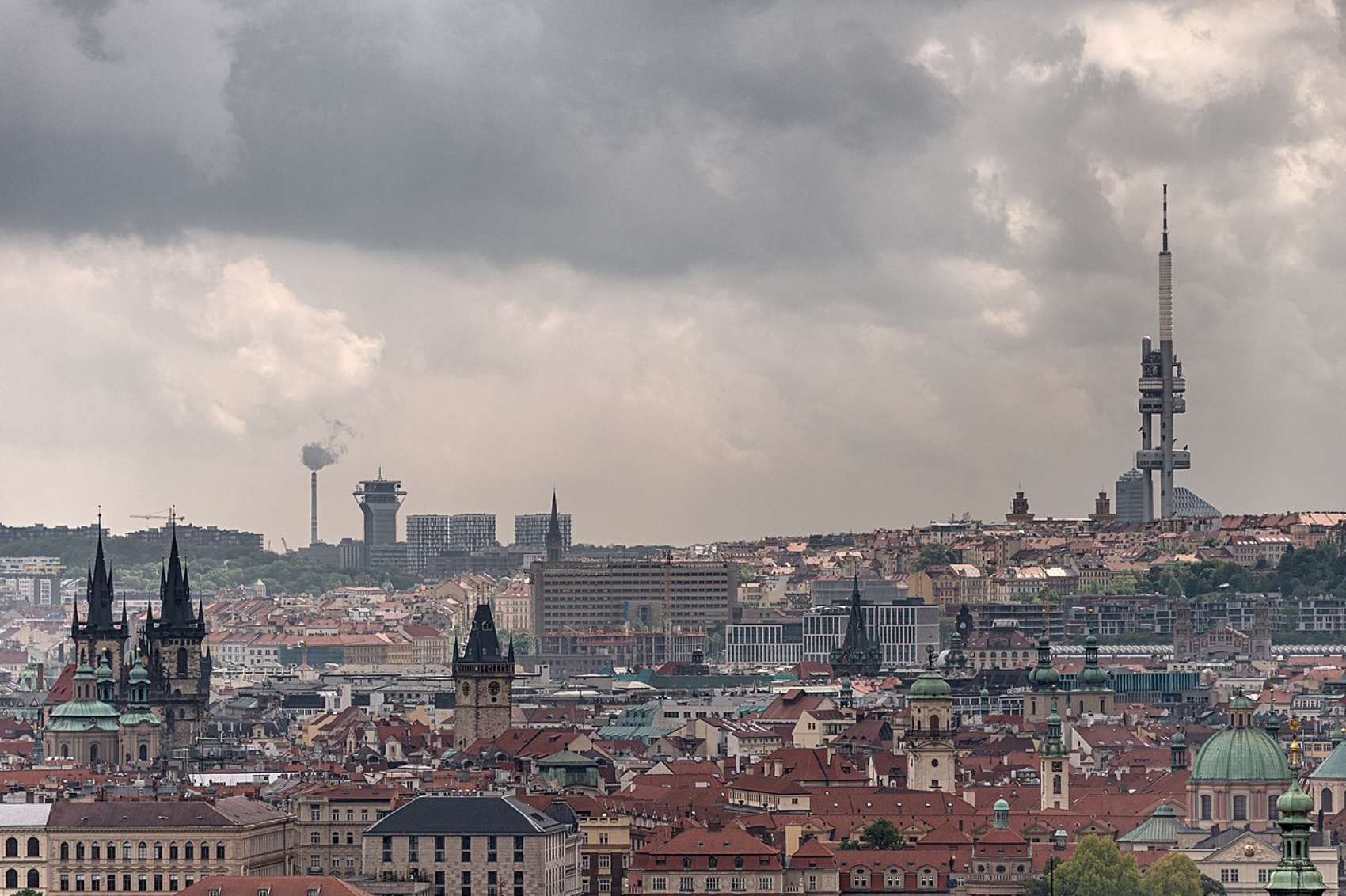
In recent years, the tower’s reputation has begun to improve. In 2000, Czech artist David Černý placed 10 sculptures of crawling children on the pillars. The fibreglass sculptures have no faces, and the artist placed barcodes instead. The installation symbolises a progressive dehumanisation, although some see in it an analogy to the fledgling Czech democracy. Černý’s work has previously been exhibited in many world galleries, adding to the prestige of Žižkov Tower. In 2019, the original sculptures were taken down and replaced with replicas made of lighter and more durable materials.
Thanks to the art installation, the reputation of Žižkov Tower has improved. The city authorities renovated it and, in addition, lights in the colours of the Czech Republic were installed in 2006. A luxury flat for rent in the hotel section was also opened. Increasingly, the building is being mentioned in lists of attractions in the Czech capital. The structure is slowly being transformed from a moloch hanging over the city into a modern attraction adding variety to the historic space. What is your opinion of the tower?
Source: Prague Now
Read also: Architecture | History | Prague | Czech Republic | Interesting facts | whiteMAD on Instagram

